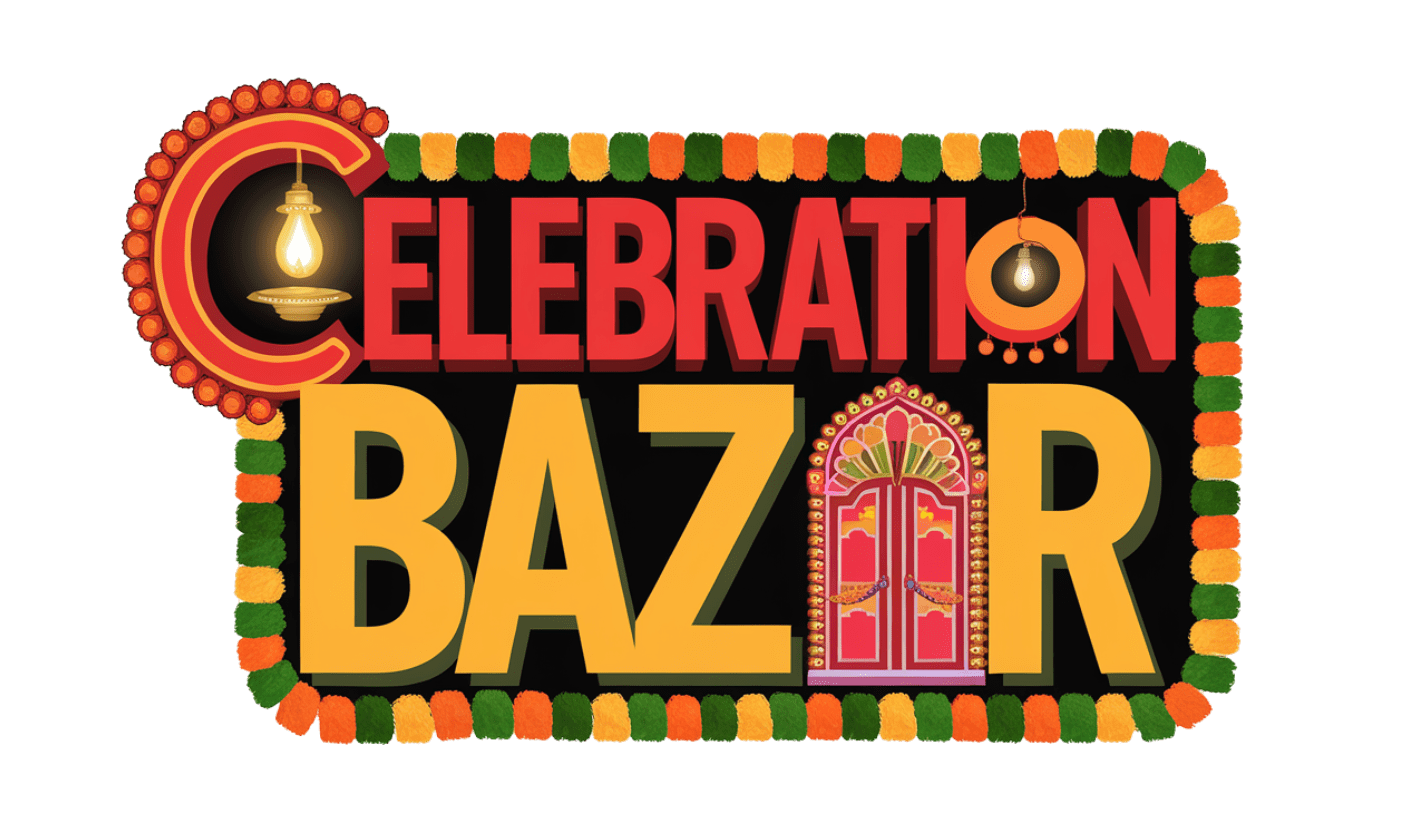Makar Sankranti is one of the most widely celebrated festivals in India, marking the transition of the sun into the zodiac sign of Capricorn (Makar). Unlike most other Indian festivals, which are based on the lunar calendar, Makar Sankranti is observed according to the solar calendar, making it a fixed date celebration on January 14th every year. The festival is known for its vibrant traditions, including flying kites, preparing traditional sweets, and taking ritual baths. It holds great significance across various parts of India, with different regions celebrating it in their unique ways.
Let’s explore the history, meaning, and cultural importance of this joyous festival.
History of Makar Sankranti
Makar Sankranti has its roots in ancient Hindu traditions. The festival signifies the end of winter and the arrival of longer days as the sun starts its northward journey into the zodiac sign of Capricorn. According to Hindu mythology, this day is celebrated to honor the Sun God, Surya. It is believed that on this day, Surya begins his journey northward, which is referred to as Uttarayan.
The significance of Makar Sankranti is rooted in the belief that this is the day when the demons were defeated by the gods, and the darkness of winter is replaced by the light of spring. In various regions, the day is also associated with the worship of nature, the harvest season, and the beginning of the new crop cycle.
Cultural Celebrations Across India
Makar Sankranti is celebrated with unique customs in different parts of India. Each region adds its own flavor to the festivities, but all celebrate the joy of harvest and the beginning of a new season.
- In Gujarat and Maharashtra: The most iconic tradition is kite flying. Thousands of kites fill the sky as people gather with family and friends to participate in kite-flying competitions. The festival is known as Uttarayan in Gujarat, and it is a time of great excitement and celebration.
- In Tamil Nadu: The festival is celebrated as Pongal, a four-day harvest festival, where people offer thanks to the Sun God for a bountiful harvest. It involves the preparation of Pongal, a sweet rice dish, and the ceremonial worship of cattle and farmers.
- In Punjab: Makar Sankranti is celebrated as Lohri, which marks the end of the coldest part of winter and the start of the harvest season. The festival is marked by bonfires, dancing, singing, and the consumption of sweets like tilgul (sesame and jaggery balls).
- In Uttar Pradesh and Bihar: People celebrate Makar Sankranti with grand Kumbh Mela gatherings, where pilgrims bathe in the holy rivers to purify themselves. The significance of the day is believed to be in the purification and spiritual upliftment of individuals.
Makar Sankranti Traditions and Rituals
The rituals associated with Makar Sankranti are simple yet deeply meaningful. On this day, people take a holy dip in rivers, lakes, or the ocean to cleanse themselves of sins and purify their body and soul. The most famous location for this ritual is the Sangam in Allahabad, where the Kumbh Mela takes place.
Another popular custom is the exchange of tilgul (sesame and jaggery sweets) among family and friends. This gesture symbolizes goodwill and the wish for happiness and prosperity. The phrase “Tilgul ghya, god god bola” (Eat sesame and jaggery and speak sweet words) is commonly exchanged, emphasizing the importance of kindness, warmth, and harmonious relationships.
Bonfires are also lit in some regions as a symbol of the end of the winter chill and the welcoming of warmth and brightness. These bonfires are often accompanied by traditional dances and songs.
Foods and Festive Preparations
Makar Sankranti is also famous for its special food items. In Maharashtra, tilgul (sesame and jaggery sweets) are prepared and exchanged among friends and family. In Gujarat, undhiyu, a mixed vegetable dish, is often served during the festival.
Other dishes associated with Makar Sankranti include khichdi (a mixture of rice and lentils), pongal (a rice dish), and various sweets made from sugarcane, jaggery, and sesame. These foods symbolize the new harvest and are believed to bring warmth and prosperity in the coming months.
The Spiritual Significance of Makar Sankranti
In addition to being a harvest festival, Makar Sankranti is a deeply spiritual occasion. It marks a time of reflection, renewal, and connection to the divine. The movement of the sun into Capricorn is seen as an auspicious time for self-improvement, spiritual growth, and giving back to the community.
The day is considered ideal for performing charitable acts, such as donating food, clothes, or money to those in need. This reinforces the spirit of generosity and selflessness, which are core values of the festival.
Conclusion
Makar Sankranti is a celebration of light, warmth, harvest, and spirituality. It is a time to honor the Sun God, embrace the new season, and come together with loved ones to share in the joy of the harvest. Whether you’re flying kites in Gujarat, enjoying tilgul in Maharashtra, or taking a holy dip in the Ganges, the significance of Makar Sankranti remains the same—welcoming a new year of prosperity, happiness, and harmony.
This year, celebrate Makar Sankranti with your family and friends, and reflect on the importance of new beginnings, both in the spiritual and the material world.

